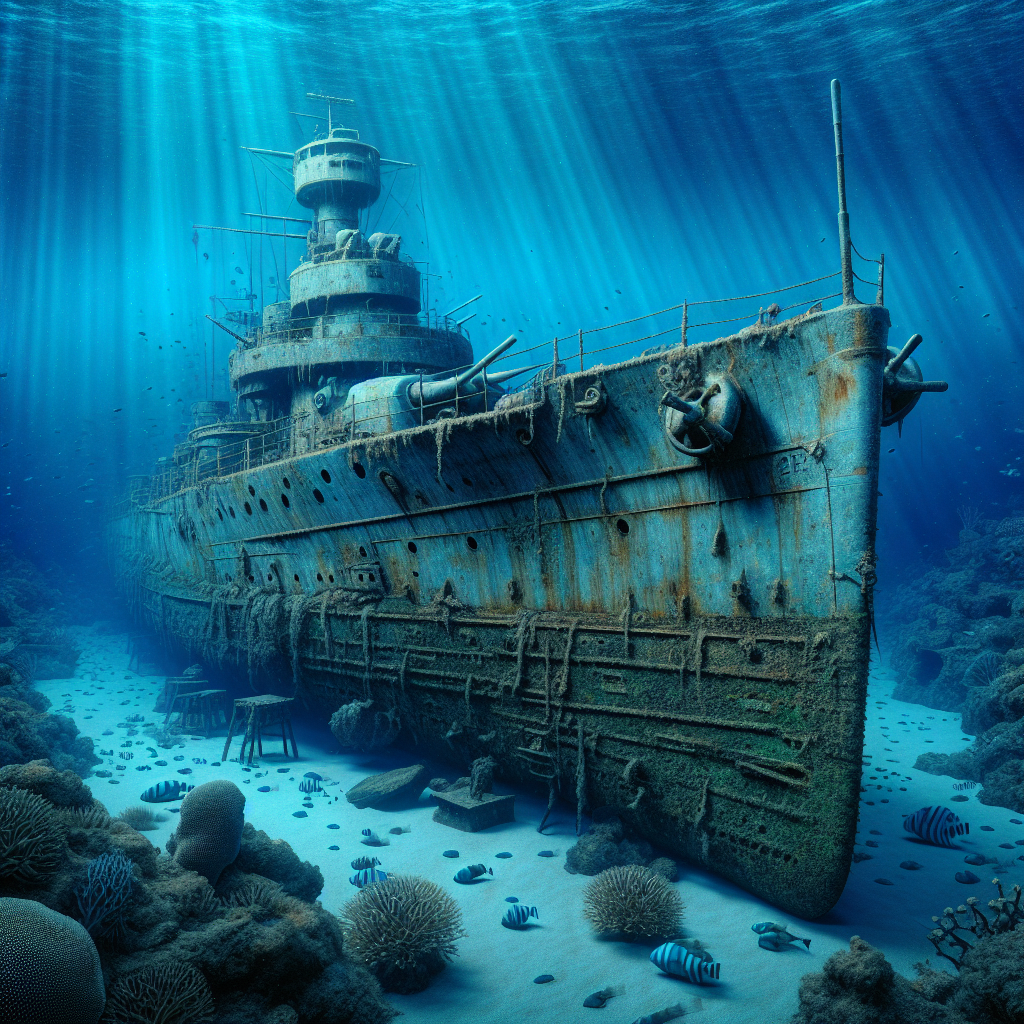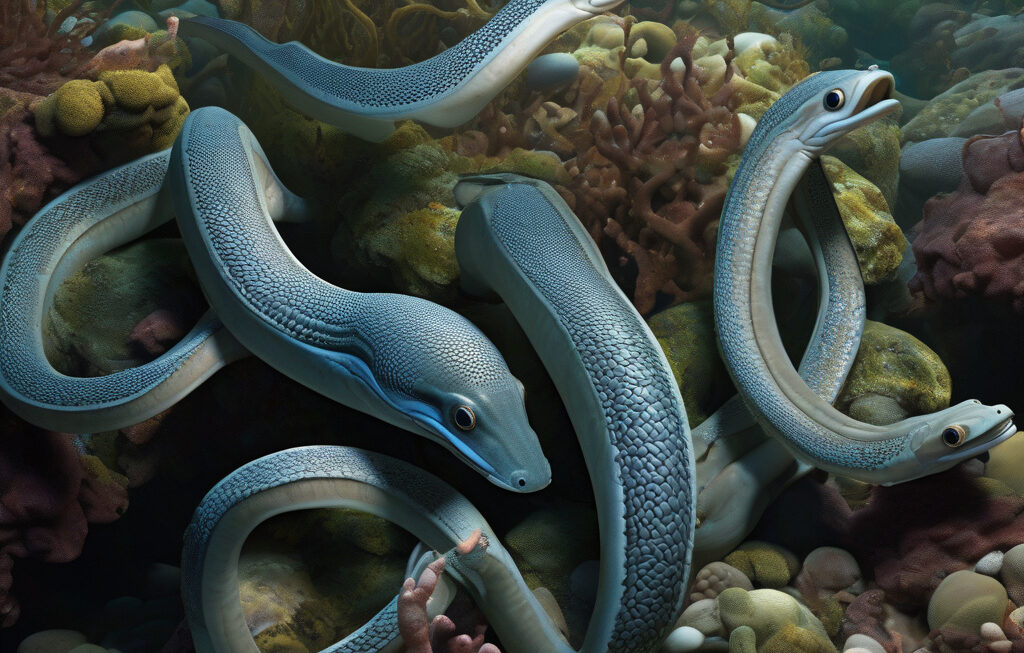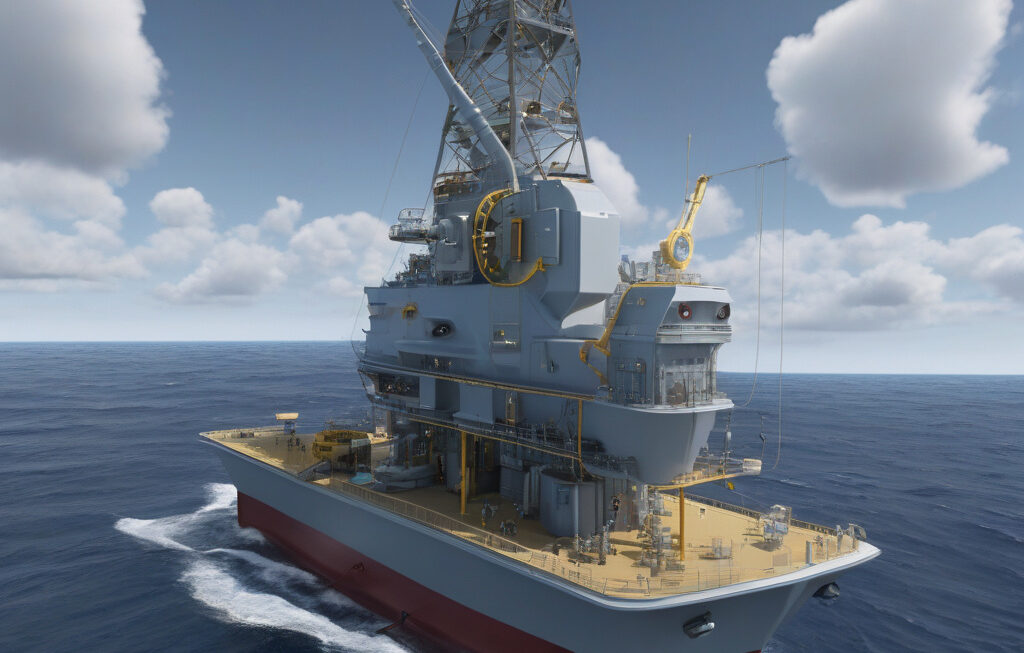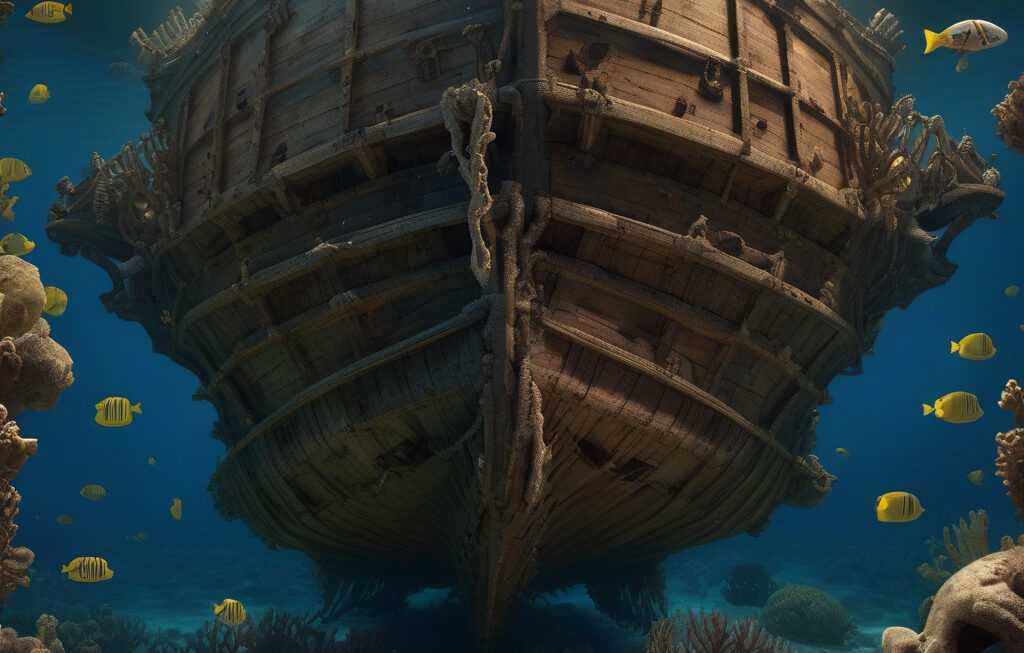Japanese WWII Warship Teruzuki Found After 80 Years in First Underwater Sighting
For the first time in over 80 years, the long-lost Imperial Japanese Navy destroyer Teruzuki has been discovered beneath the depths of the Pacific Ocean. The remarkable find was made possible by the advanced technology and dedication of a team of maritime archaeologists who have been tirelessly searching for this piece of history. The discovery of the sunken warship not only sheds light on a significant chapter of World War II but also offers a glimpse into the ingenuity and craftsmanship of Japanese naval engineering.
The Teruzuki, which was commissioned in 1941, played a crucial role in several naval battles throughout the Pacific theater during the war. Known for its speed and firepower, the destroyer was feared by Allied forces and was instrumental in protecting Japanese interests in the region. However, its fate took a tragic turn when it was sunk during a fierce battle in 1944, taking down with it a large part of Japan’s naval prowess.
The underwater sighting of the Teruzuki brings closure to a decades-long mystery surrounding the final resting place of the warship. The discovery not only honors the memory of the brave sailors who served aboard the vessel but also serves as a poignant reminder of the human cost of war. By preserving and documenting the wreckage, researchers hope to piece together the events that led to the Teruzuki’s demise and gain a better understanding of naval warfare during that period.
The successful recovery of the Teruzuki is a testament to the advancements in underwater exploration technology. High-resolution sonar imaging, remotely operated vehicles, and underwater drones were instrumental in locating and identifying the sunken warship. The meticulous work of the archaeologists involved in the project highlights the importance of preserving maritime heritage and learning from the past to inform the future.
As the world continues to grapple with the legacy of World War II, discoveries like the finding of the Teruzuki serve as a tangible link to the past. By uncovering and studying relics from this turbulent era, researchers and historians can piece together a more comprehensive narrative of the events that shaped the course of history. The Teruzuki, now lying at the bottom of the ocean, stands as a silent witness to the sacrifices made by those who fought in one of the deadliest conflicts in human history.
In conclusion, the underwater sighting of the Japanese WWII warship Teruzuki is a poignant reminder of the lasting impact of war. Through advanced technology and dedicated research, we can uncover hidden stories and honor the memories of those who came before us. The discovery of the Teruzuki serves as a beacon of hope for future generations, urging us to remember the past and strive for a more peaceful world.
WWII, Japanese Navy, Teruzuki, Maritime Archaeology, Underwater Exploration











